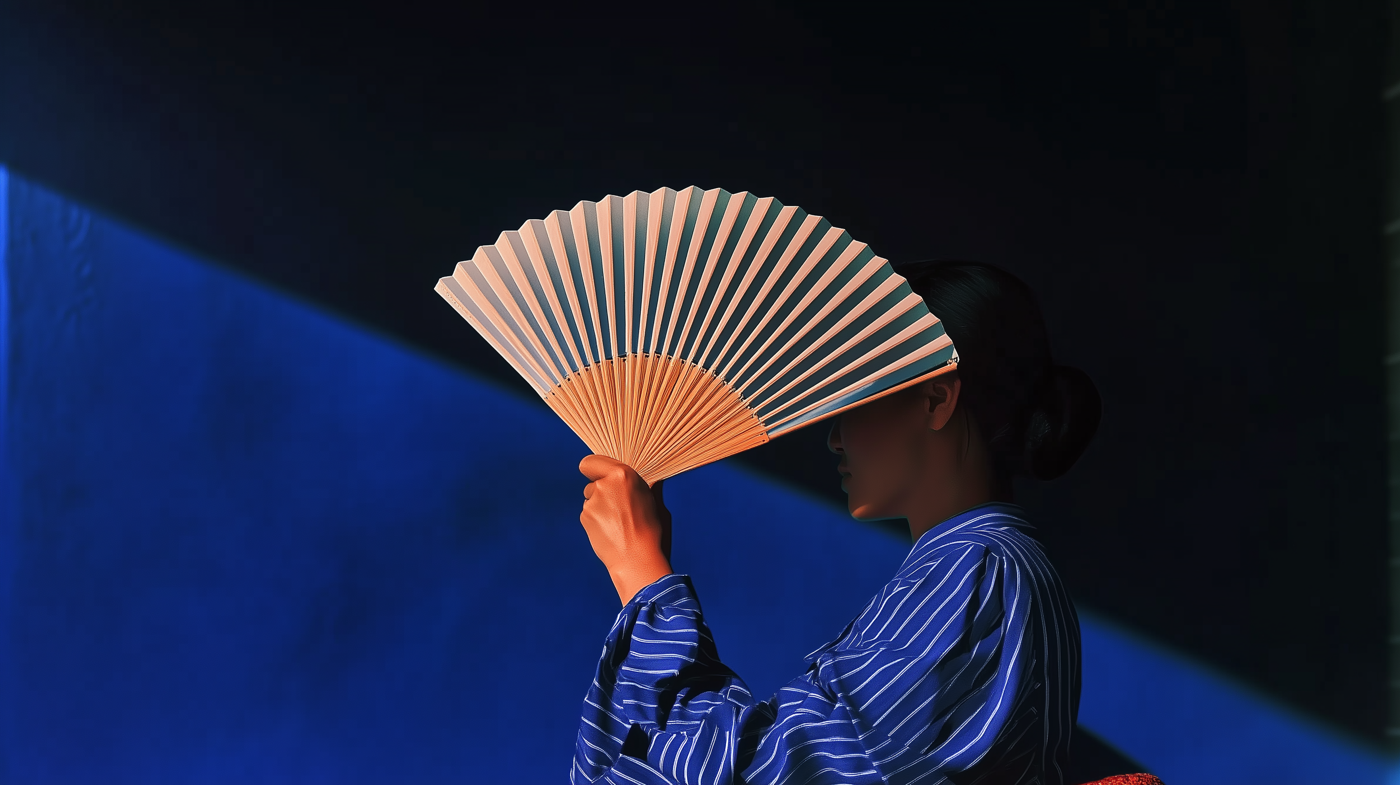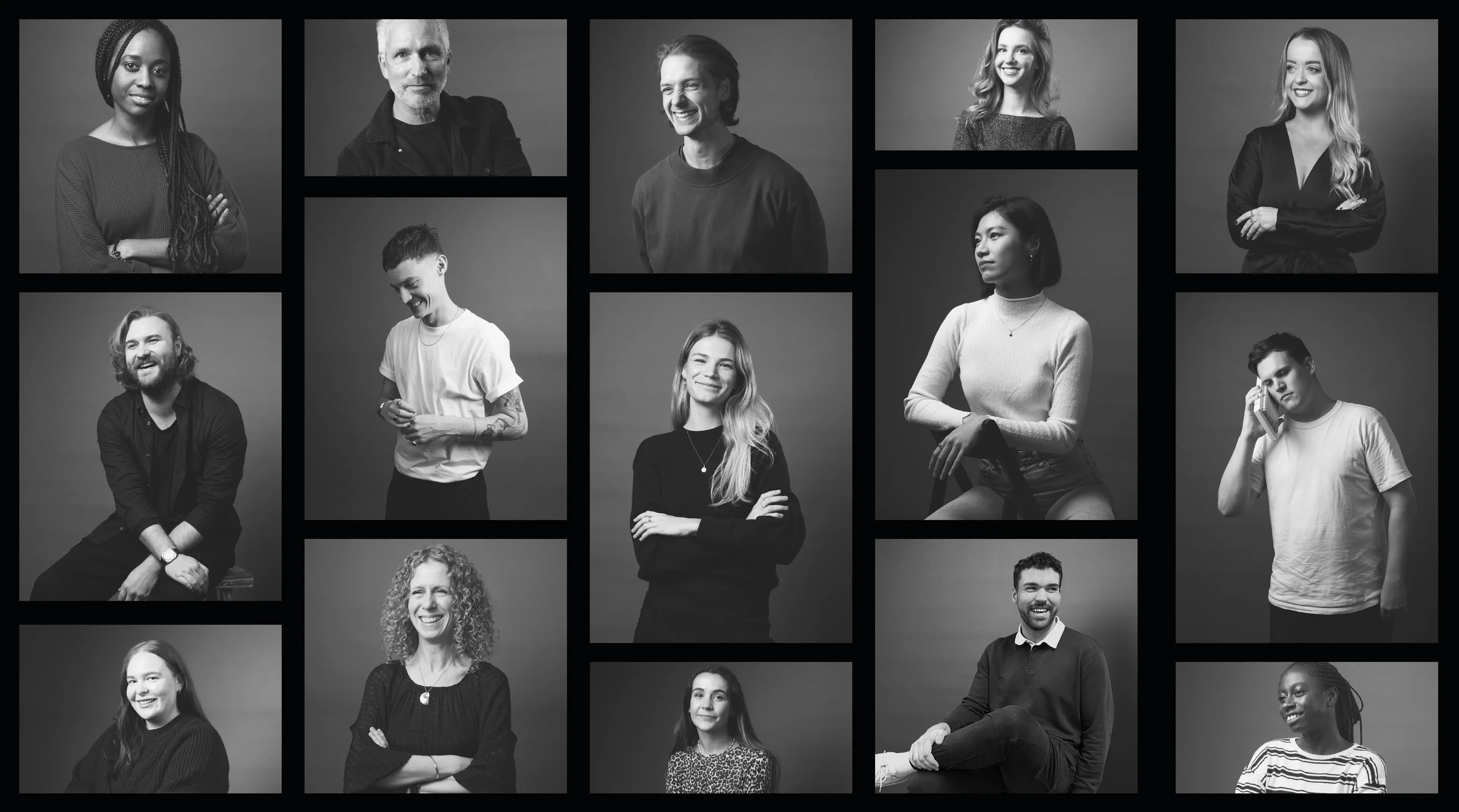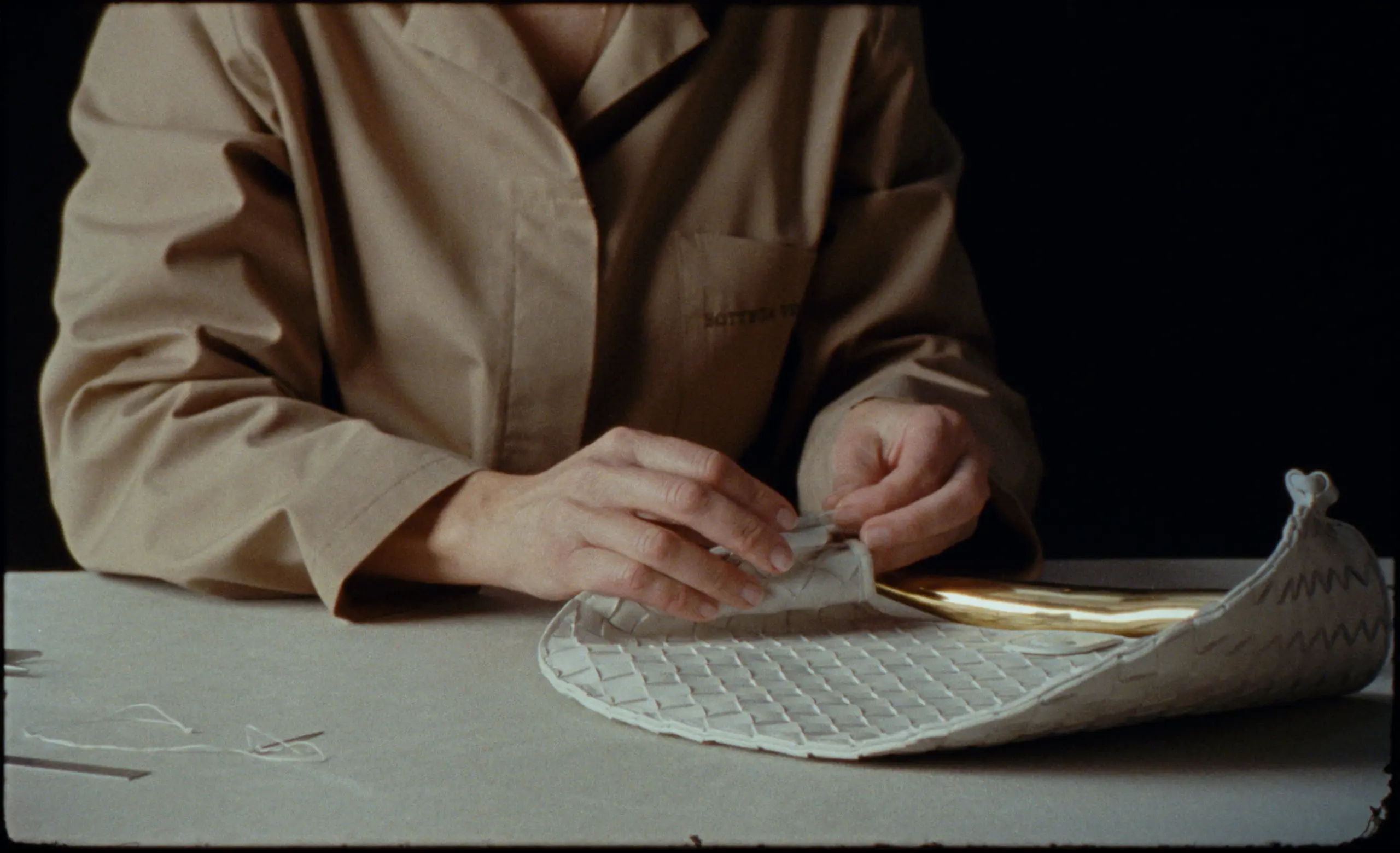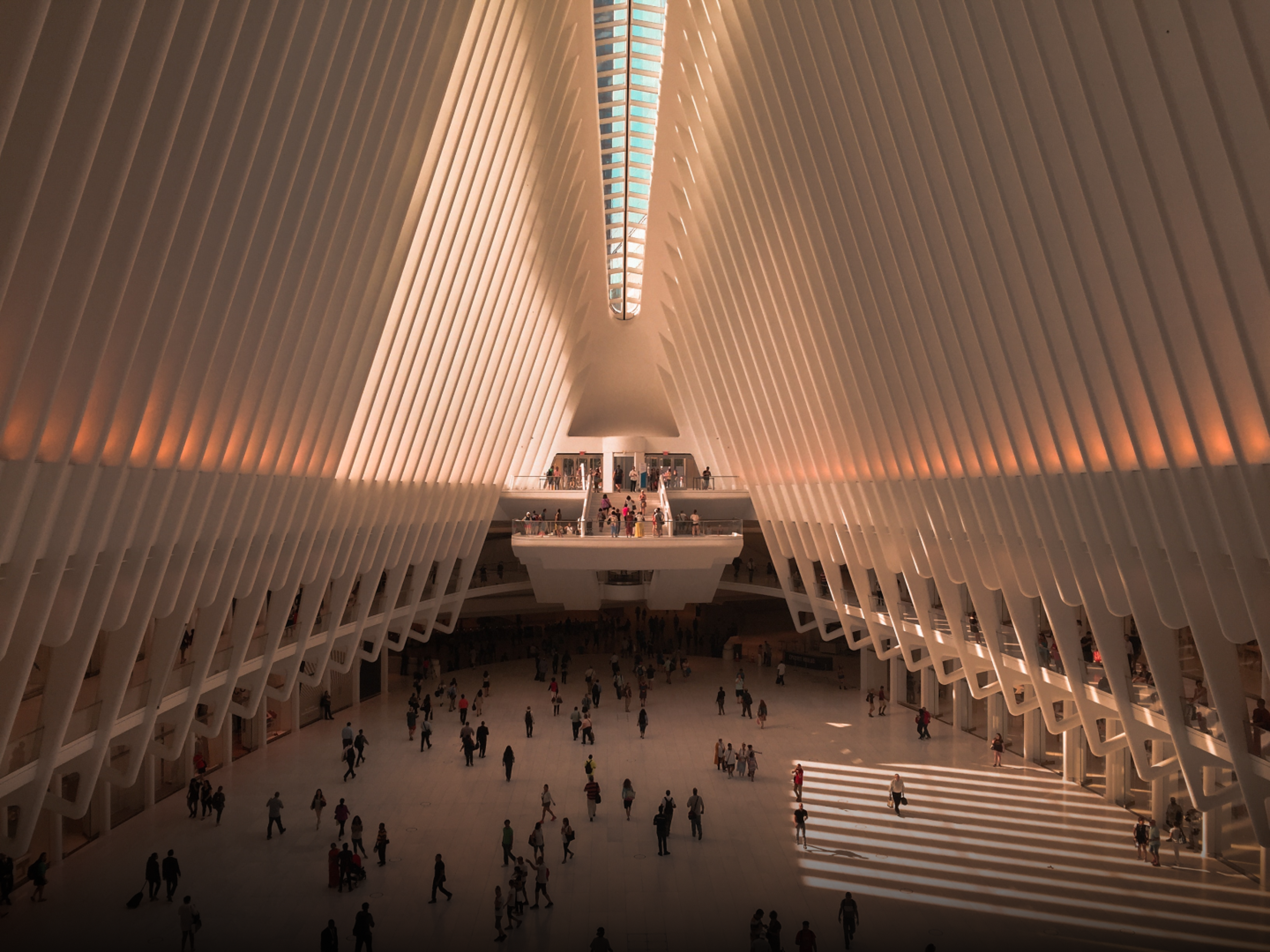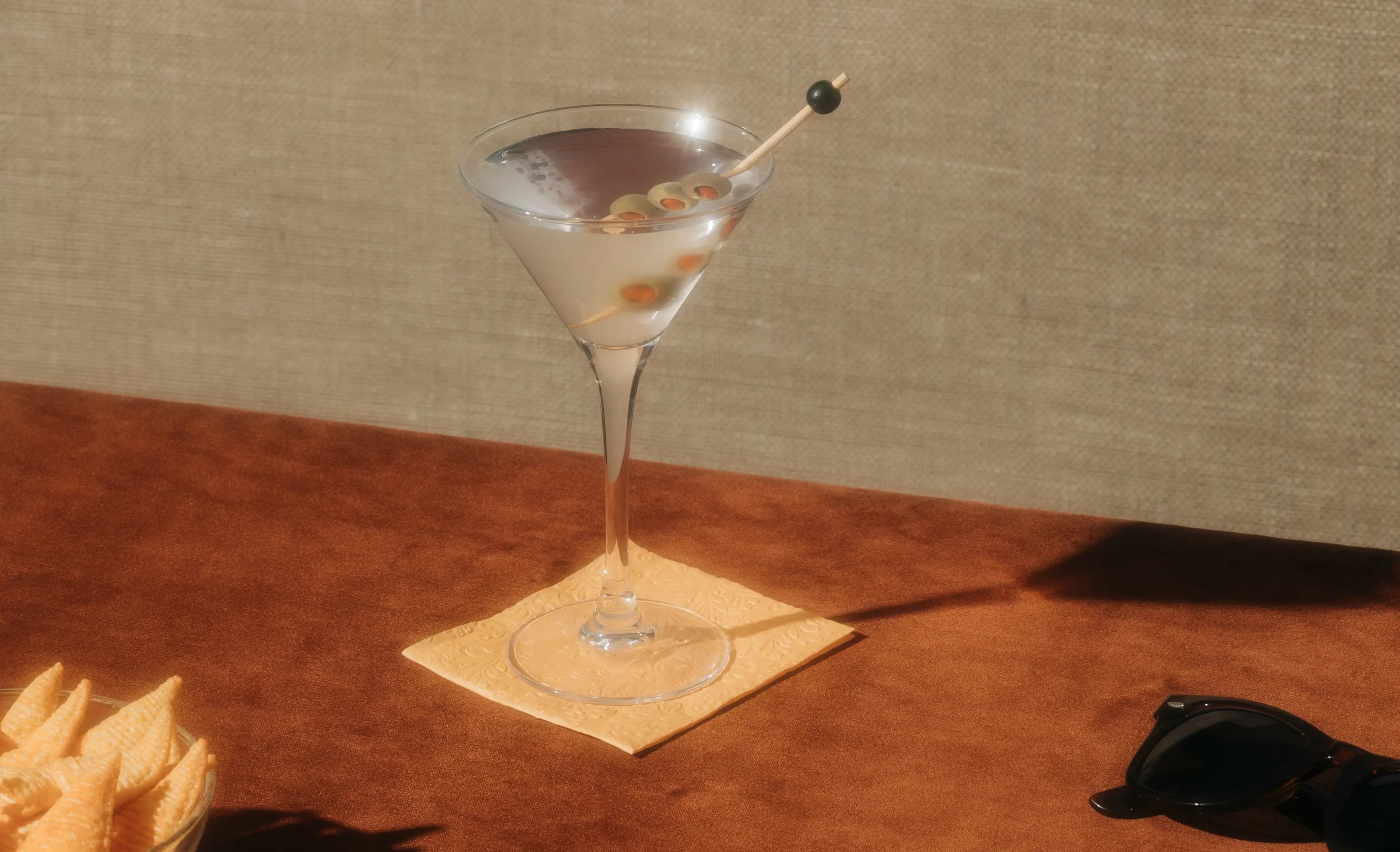
Luxury Commentary
1 Nov 2023
7 Min Read
The Luxury Report 2024
Our annual outlook on the state of luxury, in our present moment and the long term. Framed by three movements flexing the market, from the fall of status to AI, automation and the brand multiverse, this report captures our take on it all, powered by studio-wide insights and sector-wide research.



Luxury Commentary

